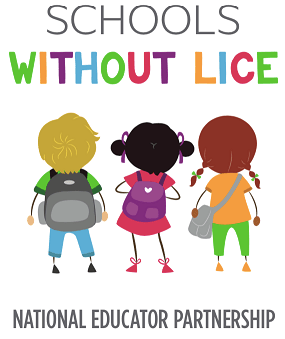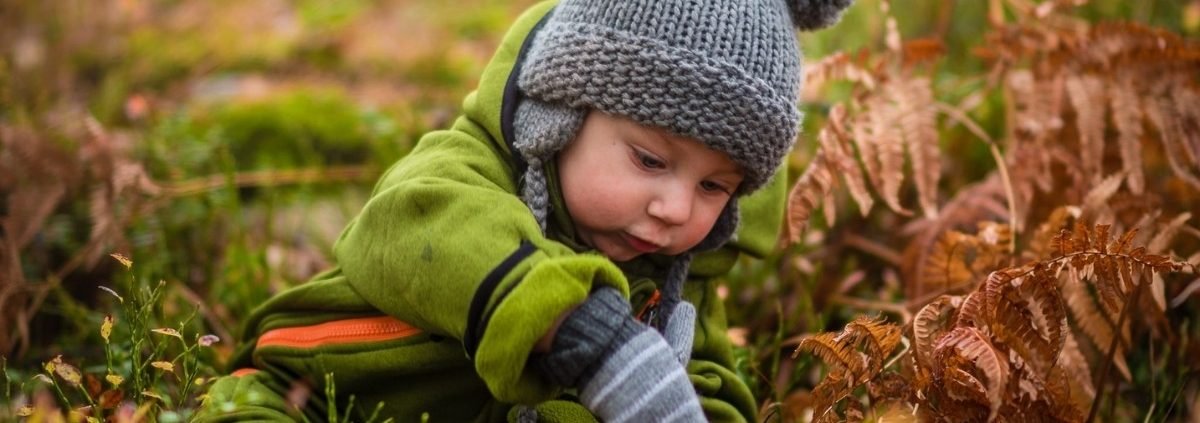Visual Checks vs Combing: What’s More Effective?
Feeling a tickling sensation in your hair can be disconcerting, especially because then you can’t help but wonder if you are being attacked by head lice. If you suspect that you are dealing with creepy crawlers hiding in your hair, knowing how to spot the tell-tale signs of their presence is crucial if you want to treat lice symptoms in its earlier stages.
When proving your suspicions, there are some tried-and-true ways to identify a head lice infestation. Some of the most common methods are visual inspections and the wet-comb method. But this begs the question: which of the two would provide more accurate results?
Visual Inspection vs. Wet Comb
Head lice infestations are a common, albeit frustrating, occurrence in children. Parents can easily detect signs of lice in a child’s hair by looking closely at the scalp, but using the wet-comb method proves to be more effective at confirming lice’s presence.
Visual inspections often utilize an applicator stick, which is used to safely part the hair without running the risk of infecting other children. While it offers the fastest way of spotting head lice, the accuracy is only at around 70%.
While visual inspection can be a useful method when spotting a child with a highly active lice infestation, children that carry only a few lice can easily slip under the radar. Even a single nit or louse can pave the way for more lice, putting other children’s heads at risk.
Why Is the Wet-Comb Better?
Research has found that applying conditioner to children’s hair and using a fine-toothed comb yields better results compared to visual inspections. In an observational study involving 304 students, only 79 children were identified with nits when relying on eyes alone.
On the other hand, combing wet hair from the scalp down to the ends identified 91% of children in the test, proving that the wet-comb method is a more reliable approach to spotting lice in its different stages.
The Best Option for Detecting Head Lice
While there are two popular methods for identifying the presence of head lice, visual inspection and wet-combing, wet-combing has a higher sensitivity since it can easily detect lice even in its early stages. Although visual inspections can provide a quick pass for children in a classroom or other group settings, it can’t match the accuracy of the wet-comb method. Since wet-combing is the most thorough method, it’s the one you’ll want to use for checking your child.
Head Checks by Trained Professionals
Spotting head lice doesn’t have to be a tricky ordeal. Be sure to watch our video on how to check for lice, and don’t forget, at Fresh Heads Lice Removal, we conduct professional head checks for the entire family. If you are concerned you have an itchy head lice problem on your hands, visit our professional lice treatment centers in Orlando, Savannah, and Jacksonville to help you determine if you are dealing with a pesky situation.
Lice Removal Clinics in Orlando, Savannah, and Jacksonville
Fresh Heads Lice Removal offers lice prevention tips, head lice checks, and professional treatments. Get checked today so you can seek treatment before it spirals out of control. Call us or book your appointment online.
Schools Without Lice
Our mission at Fresh Heads Lice Removal is to eradicate lice from schools across the US. We’re partnering with the Lice Clinics of America to create a Schools Without Lice program. Through this program, we provide school nurses and teachers with free resources, screenings, and treatments. If we work together, we can have schools without lice!








